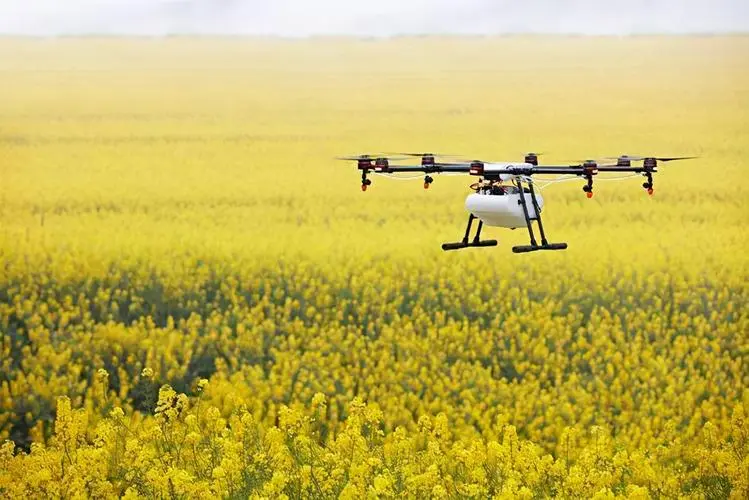Fengqiao Police Station in the northeast of Suzhou High tech Zone, Jiangsu fully utilizes unmanned aerial vehicles for intelligent grid based cluster cruising. It is reported that drone cruising can play a unique advantage in practice, especially in the investigation and punishment of illegal behaviors such as drunk driving and illegal parking. Staff use drones to carry out flight video transmission, conduct preliminary evidence collection, and form a chain of evidence with ground law enforcement recorders and on-board monitoring. It can comprehensively, accurately, stereoscopically, and dynamically grasp the on-site situation in real-time, and more effectively handle it.
Under the dual wheel drive of technological breakthroughs and application demands, drones are increasingly being used in fields such as rapid logistics, emergency rescue, aviation surveying and mapping. The focus of the drone industry is shifting from production and manufacturing to specialized application services, with broad application scenarios and a strong development momentum.
The rapid rise of China’s unmanned aerial vehicle industry has effectively assisted economic and social development. At the same time, unmanned aerial vehicles (UAVs) are facing prominent issues such as interference, sneak photography, and infringement, posing a threat to aviation safety and public safety. The risks and challenges cannot be ignored, and it is urgent to standardize the development of the UAV industry.
The current aviation management system in China is designed based on the operation and management mode of manned aircraft, lacking effective regulations for the management of unmanned aerial vehicles, making it difficult to adapt to the characteristics of rapid technological updates and wide application scenarios of unmanned aerial vehicles. The relevant person in charge of the Ministry of Justice stated that special administrative regulations should be formulated to fill the gap in unmanned aerial vehicle management regulations, It is necessary and urgent to strengthen the safety supervision of unmanned aerial vehicles and related activities in accordance with the law, effectively resolve and prevent risks, and promote the sustained and healthy development of related industries.
The Provisional Regulations on the Flight Management of Unmanned Aerial Vehicles (hereinafter referred to as the “Regulations”) classify unmanned aerial vehicles into five categories based on performance indicators such as weight, flight altitude, and flight speed. They not only clarify the rules for integrated compliance in design and production, operator requirements, flight airspace planning, and flight activity specifications, but also specify differentiated regulatory requirements. It is reported that coordinated development and safety, while ensuring safety, promote the healthy and orderly development of related industries, is an important principle in formulating the Regulations.
Chen Zhijie, an academician of the CAE Member, believes that the Regulations regulate UAV flight activities from the whole life cycle of production and manufacturing, registration, operation management, etc., providing strong support and protection for UAVs to “fly up, fly smoothly, fly easily and fly safely”, and providing strong guidance and good environment for standardizing the development of UAV industry and creating an application ecology of UAVs. In a favorable development environment, “drone+” will empower more and wider industries in the future, and new low altitude application scenarios such as terminal logistics, urban governance, and urban air traffic will emerge on a larger scale, forming a new pattern of low altitude application development with wide area interconnection, ubiquitous perception, intelligent control, precise supervision, and safety and reliability.







Please sign in to comment
register